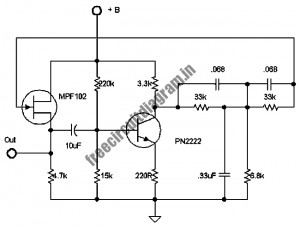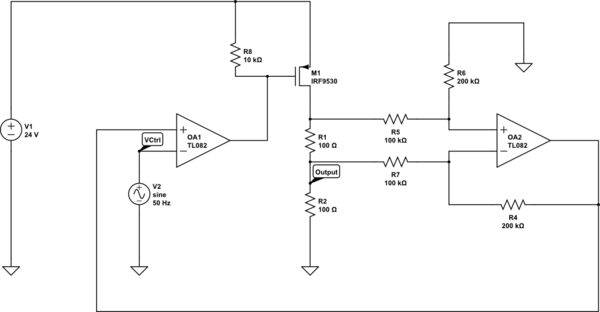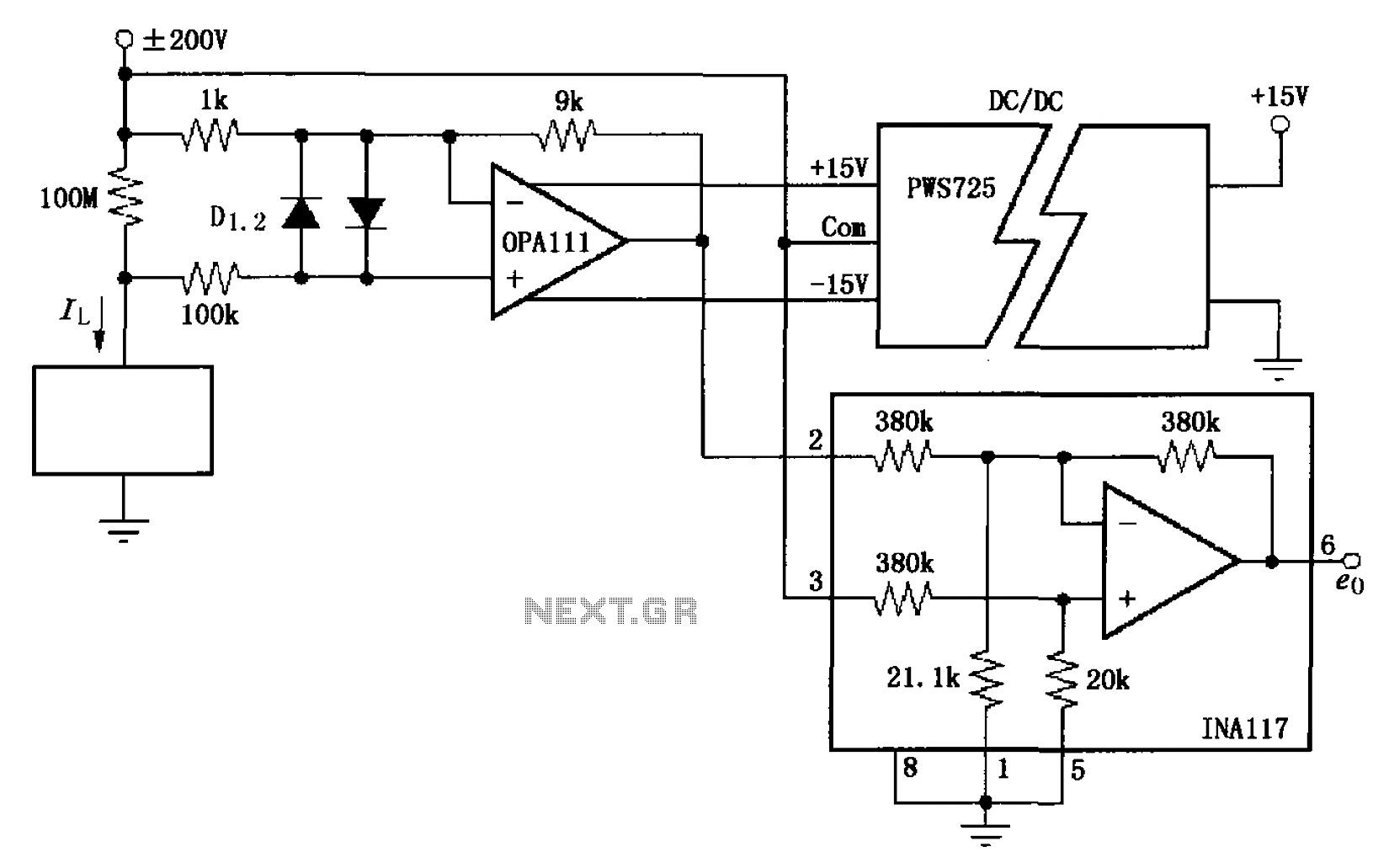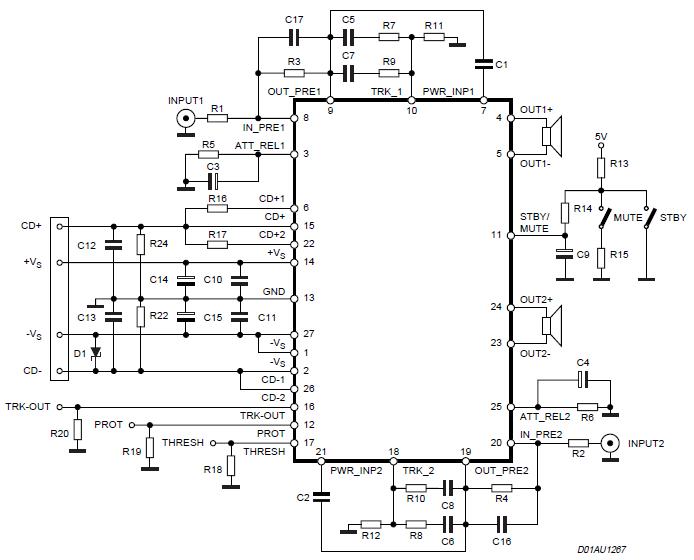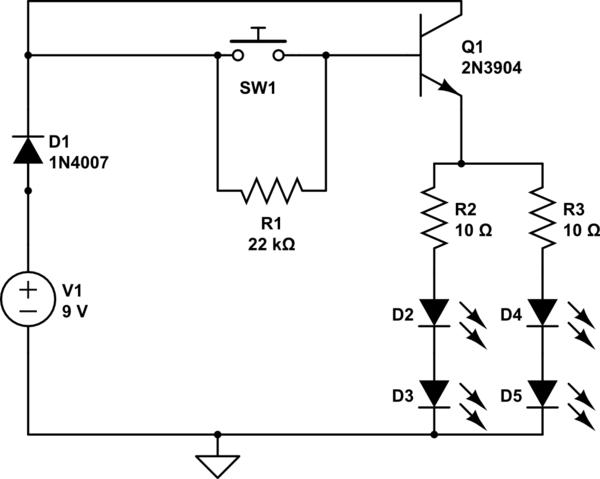
Novel circuit diagram of the timer switch
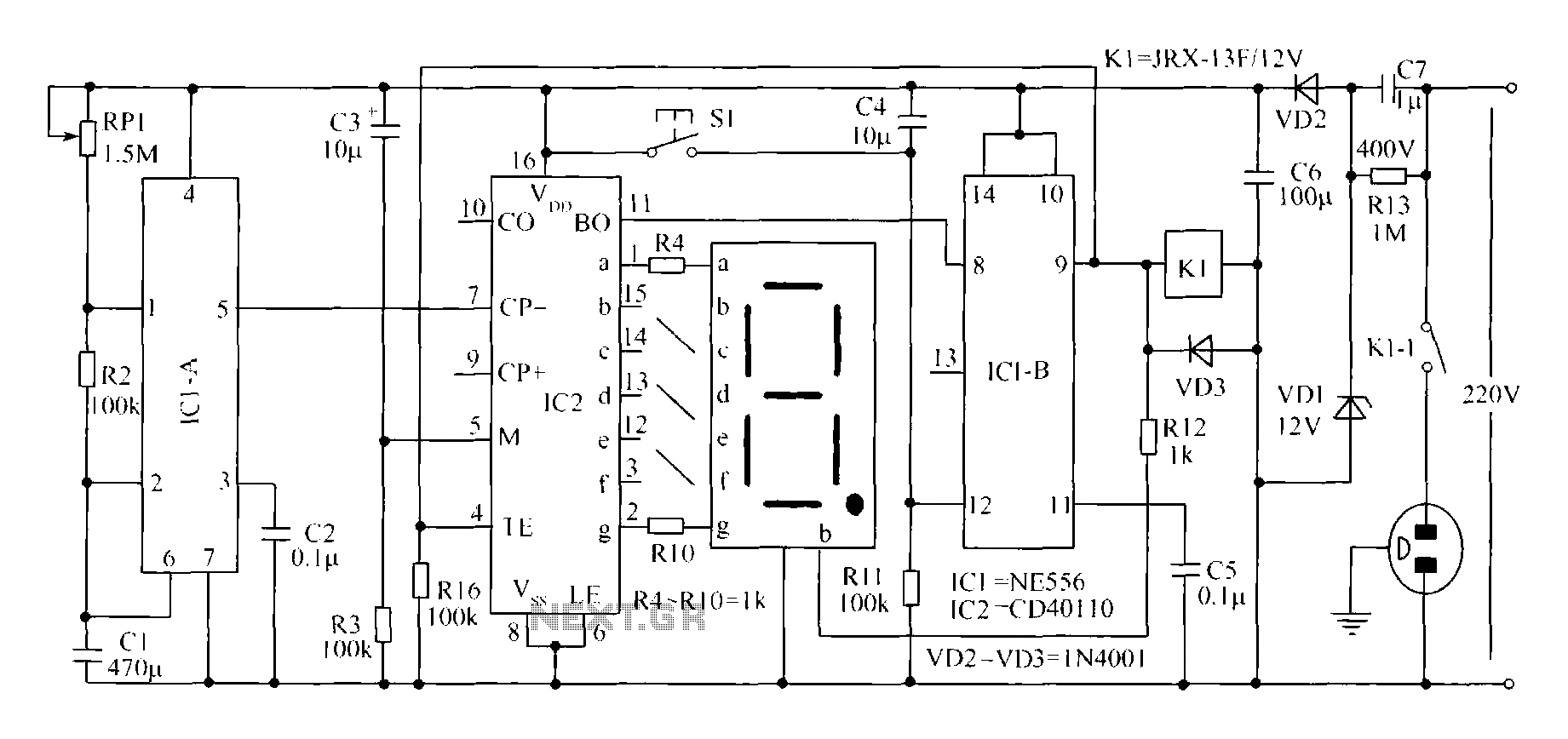
A novel timing switch circuit features a "Variable Timing" adjustment function in addition to a standard timing circuit. It also includes a countdown display feature, which indicates the remaining time of the timing circuit, making it particularly useful. The entire circuit structure is simple, easy to manufacture, and user-friendly, suitable for various installation scenarios. The integrated circuit model used is the NE556, although two NE555 chips can also be utilized. The second integrated circuit model is the CD40110. The digital tube used should be a common cathode high-brightness LED. The capacitor C1 has a voltage rating of 400V and a capacitance of 1 µF. The relay K1 is a JRX-13F with a pull-in voltage of 12V, and to enhance contact capacity, two normally open contacts can be connected in parallel. The potentiometer RP1 should be selected with a power rating of 0.5W to 1W. The switch S1 can be a single-pole key switch. The remaining components are illustrated in the schematic.
The timing switch circuit operates based on a combination of analog and digital components, allowing for precise control over timing functions. The NE556 integrated circuit serves as the core timing element, providing dual timing capabilities with a single chip, while the CD40110 is used for digital counting and display functionalities.
The countdown feature is implemented through the CD40110, which counts down from a preset value and drives the common cathode high-brightness LED to visually indicate the remaining time. This LED display is crucial for user interaction, providing real-time feedback about the timing status.
Capacitor C1, rated at 400V and 1 µF, plays a critical role in the timing mechanism by determining the charge and discharge cycles that define the timing intervals. The use of a high-voltage capacitor ensures reliability and safety in various applications. The JRX-13F relay, with a pull-in voltage of 12V, is utilized to control higher power loads, allowing the circuit to switch devices on and off based on the timing sequence. The option to connect two normally open contacts in parallel increases the current-carrying capacity, making the circuit suitable for more demanding applications.
The potentiometer RP1 allows for variable adjustment of the timing duration, providing flexibility in operation. The selection of a 0.5W to 1W rating ensures that the potentiometer can handle the power without overheating. The inclusion of a single-pole key switch (S1) enables manual control over the circuit, allowing users to start or reset the timing sequence as needed.
Overall, this timing switch circuit is designed for versatility and ease of use, making it applicable in various settings, from industrial automation to home appliances. The simplicity of the design facilitates straightforward manufacturing and installation, while the robust components ensure reliable operation over time.Novel timing switch circuit in addition to a general timing circuit "Variable Timing" adjustment function, also has a countdown show" feature, which can be displayed at any time the rest of the circuit "timing" and therefore particularly useful. The entire circuit structure is simple, easy to manufacture, easy to use, suitable for installation in a variety of occasions.
IC1 model for NE556 (you can also use two NE555 chips instead). IC2 model for CD40110. Digital tube should be common cathode high-brightness LED. C1 with a withstand voltage of 400V, capacity of the 1 F capacitor oil. K1 with a pull-in voltage of 12V JRX-13F relay (to increase contact capacity, two normally open contacts can be used in parallel). RP1 selection 0.5W ~ 1W shank-potentiometer. S1 optional single-pole key switches. The remaining components shown in FIG.
The timing switch circuit operates based on a combination of analog and digital components, allowing for precise control over timing functions. The NE556 integrated circuit serves as the core timing element, providing dual timing capabilities with a single chip, while the CD40110 is used for digital counting and display functionalities.
The countdown feature is implemented through the CD40110, which counts down from a preset value and drives the common cathode high-brightness LED to visually indicate the remaining time. This LED display is crucial for user interaction, providing real-time feedback about the timing status.
Capacitor C1, rated at 400V and 1 µF, plays a critical role in the timing mechanism by determining the charge and discharge cycles that define the timing intervals. The use of a high-voltage capacitor ensures reliability and safety in various applications. The JRX-13F relay, with a pull-in voltage of 12V, is utilized to control higher power loads, allowing the circuit to switch devices on and off based on the timing sequence. The option to connect two normally open contacts in parallel increases the current-carrying capacity, making the circuit suitable for more demanding applications.
The potentiometer RP1 allows for variable adjustment of the timing duration, providing flexibility in operation. The selection of a 0.5W to 1W rating ensures that the potentiometer can handle the power without overheating. The inclusion of a single-pole key switch (S1) enables manual control over the circuit, allowing users to start or reset the timing sequence as needed.
Overall, this timing switch circuit is designed for versatility and ease of use, making it applicable in various settings, from industrial automation to home appliances. The simplicity of the design facilitates straightforward manufacturing and installation, while the robust components ensure reliable operation over time.Novel timing switch circuit in addition to a general timing circuit "Variable Timing" adjustment function, also has a countdown show" feature, which can be displayed at any time the rest of the circuit "timing" and therefore particularly useful. The entire circuit structure is simple, easy to manufacture, easy to use, suitable for installation in a variety of occasions.
IC1 model for NE556 (you can also use two NE555 chips instead). IC2 model for CD40110. Digital tube should be common cathode high-brightness LED. C1 with a withstand voltage of 400V, capacity of the 1 F capacitor oil. K1 with a pull-in voltage of 12V JRX-13F relay (to increase contact capacity, two normally open contacts can be used in parallel). RP1 selection 0.5W ~ 1W shank-potentiometer. S1 optional single-pole key switches. The remaining components shown in FIG.

